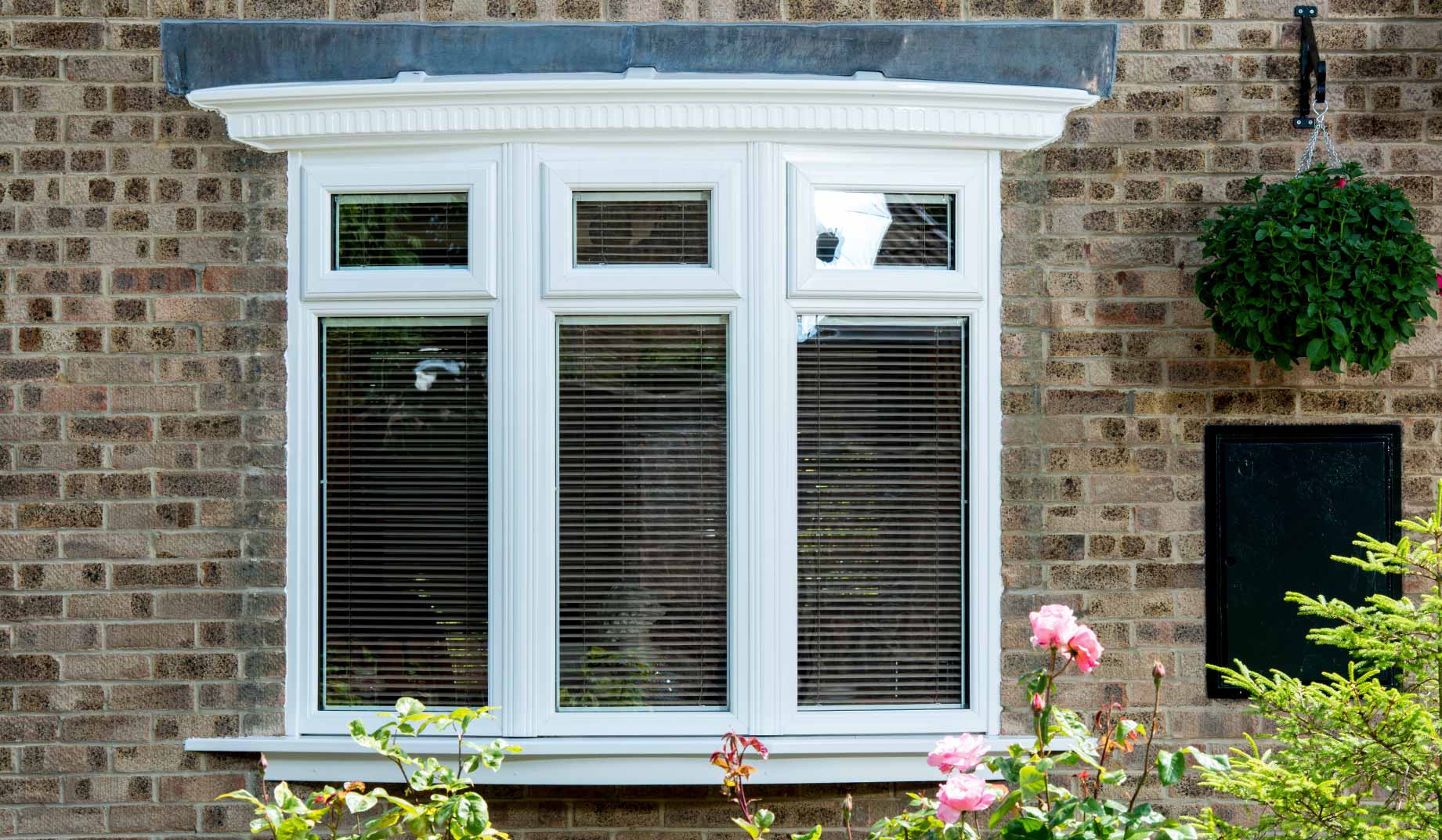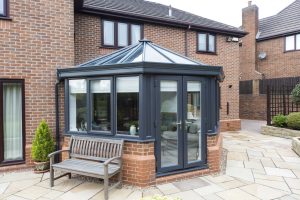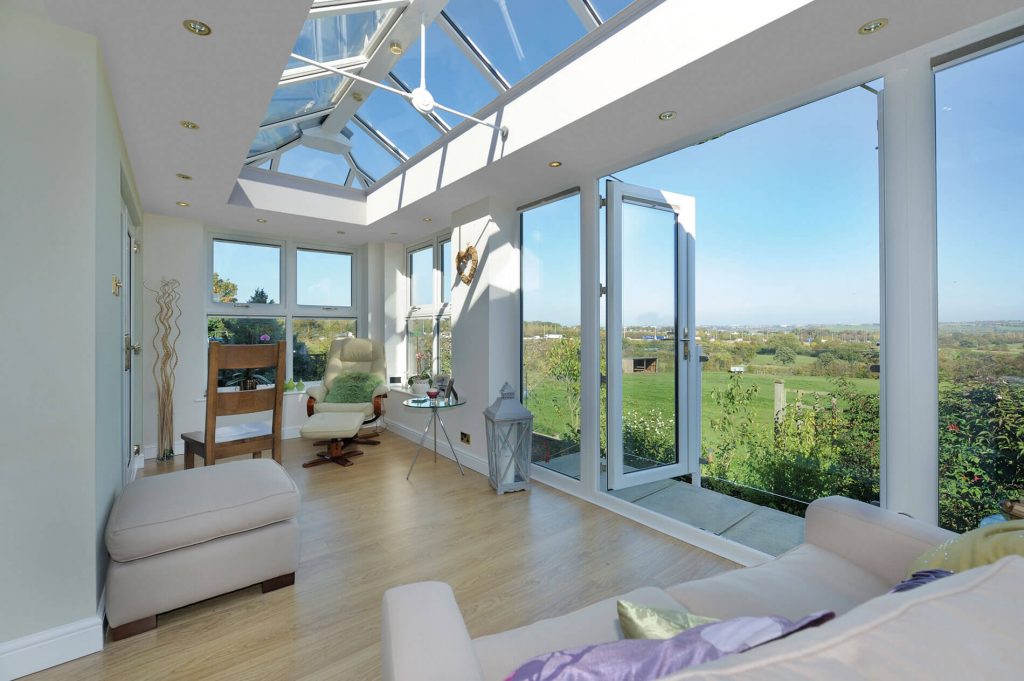Whether you are considering installing new windows into your home or upgrading current ones, it is a popular consideration to implement some kind of glazing customisation. Two of the most favoured confused options in the home improvement market are double and secondary glazing, but what is the difference, and which one would be the right one for your home? This guide will help you understand your distinction and the array of benefits that each would provide you in preparation for your home improvement journey.
What is Double Glazing?
Double glazing refers to windows or doors that have two panes of glass, which are separated by a gap that is filled with either air or gas. The purpose of this design is to provide maximum thermal insulation due to the reduction of heat loss and draughts, as well as reducing noise pollution through soundproofing.
What is Secondary Glazing?
Secondary glazing works by adding a pane of glass to the internal side of your existing window. Like double glazing, this adds space between both layers of glass, acting as an insulating barrier that adds to the window’s thermal efficiency, noise reduction, and security.
Key Differences Between Secondary and Double Glazing
While you choose between secondary and double glazing, it is crucial to consider the differences between the two in terms of their performance, cost, and aesthetic consistency with your property.
Installation
Considering the scale of the installation process might indicate whether secondary or double glazing will be most suitable for your home. For double glazing, your window would require a complete replacement of your existing window. For secondary glazing, an additional layer of glass is added to your existing window unit. This means that the latter option is a less invasive process that would be the ideal option for either period homes or rental properties.
Cost
Secondary glazing may be the preferred option due to its upfront affordability. As it doesn’t require a complete window replacement, the cost of labour and materials is much lower. However, while double glazing has a higher upfront cost, the higher levels of energy savings will very likely demonstrate longer-term savings that can offset the cost of secondary glazing.
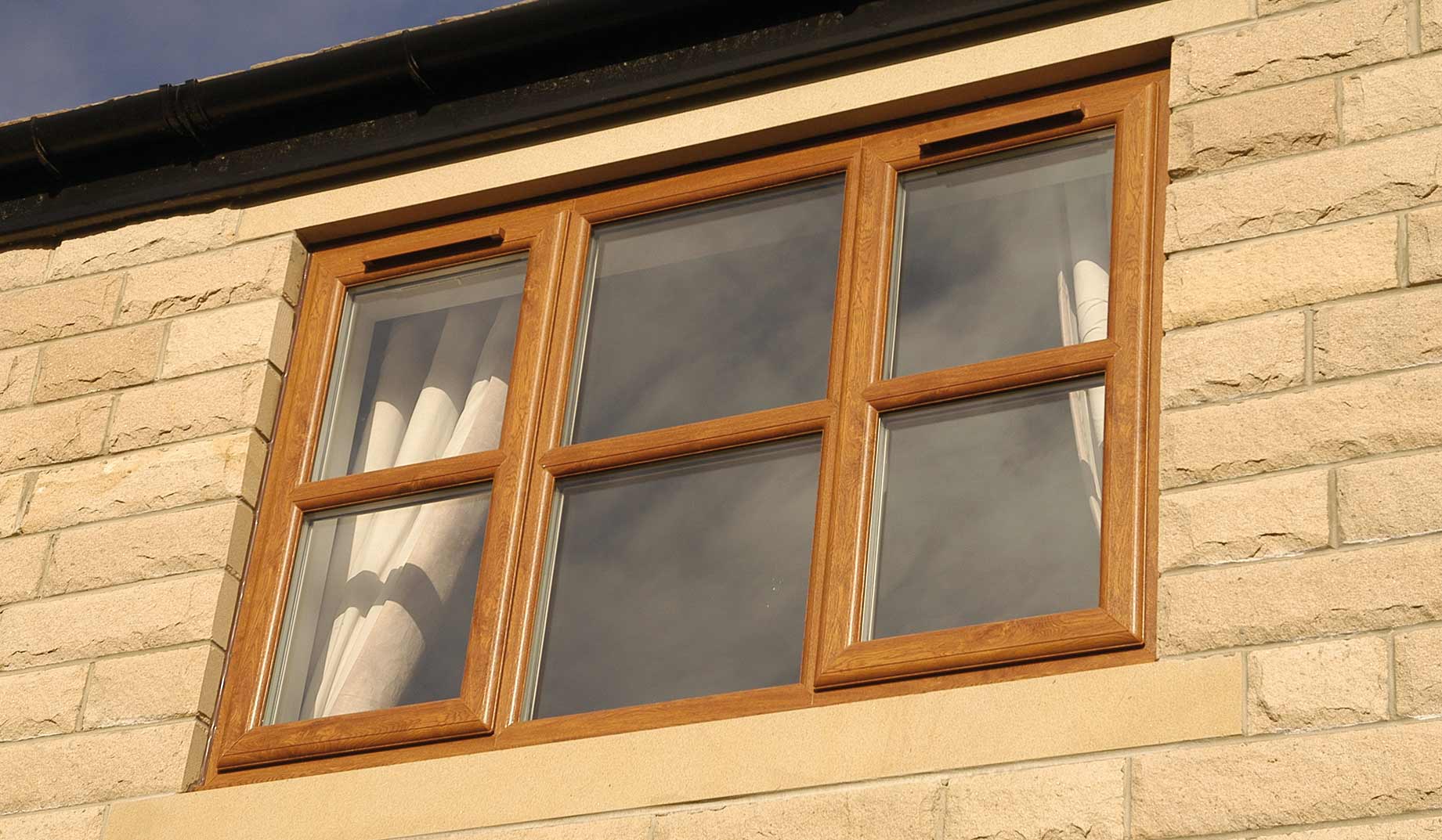
Energy Efficiency and Noise Reduction
In comparison, though both options offer enhanced energy efficiency, double glazing tops secondary glazing for a few reasons. Double glazing involving panes of sealed glass can create a more airtight gap that reduces the likelihood of heat escaping and draughts. Overall, this makes secondary glazing’s thermal performance slightly lower, though not significantly.
Furthermore, whilst both designs reduce noise, secondary glazing can occasionally perform more efficiently. The gap between the two panes is larger than that of double glazing, allowing for less sound to be transferred.
Aesthetic Appeal
A notable difference between both secondary and double glazing is demonstrated by its aesthetics. Double glazing would be more suited to contemporary homes due to its sleeker appearance. Whilst secondary glazing can be slightly more visible within the house, which can be less appealing to homeowners seeking that minimalistic look for their window unit.
Heritage or Listed Buildings
You may live in an older or listed building that might not permit specific planning. In this case, secondary glazing would be your best solution as it is less invasive and preserves the original windows.
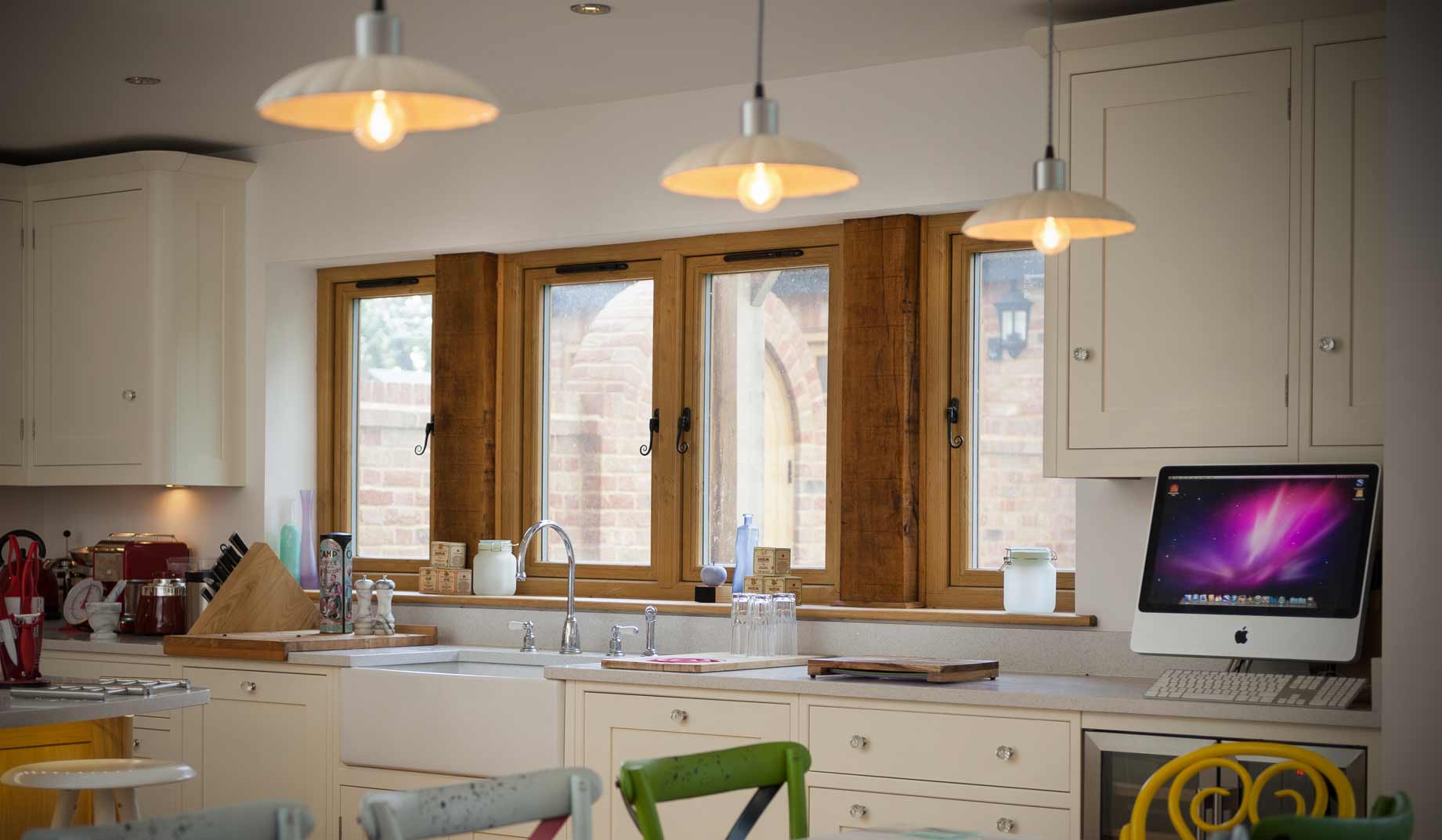
Benefits of Secondary and Double Glazing
In summary, secondary and double glazing offer similar benefits, with some differences that could alter your preference:
Secondary Glazing
- More cost-effective
- Better sound cancellation (in some cases)
- Suitable for heritage or listed properties
- Quick and easy installation
Double Glazing
- Excellent thermal insulation and energy efficiency
- Improved security with strong sealed units
- More seamless aesthetic (which can increase property value)
- Long-lasting and low-maintenance
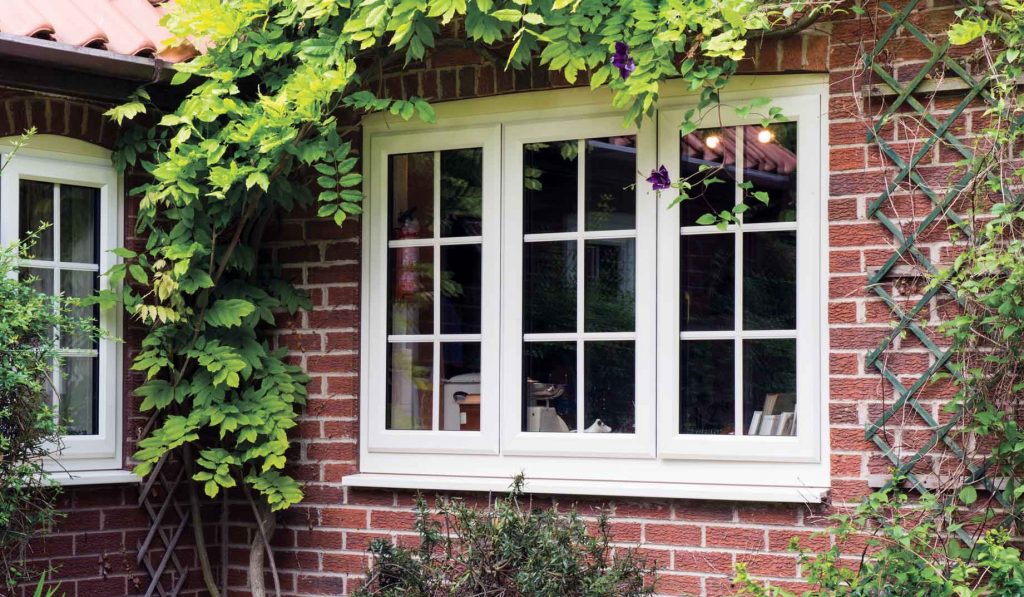
Upgrade Your Window Glazing with Premier Windows
Making the change to secondary or double glazing comes with a wide range of advantages. Taking into consideration the factors of your home, from your location, priorities, and property type, can significantly help in determining the best choice for your home. You can contact our expert team at Premier Windows today for advice or receive your own bespoke, no-obligation quote.
